News | TCTAP 2024
Timing of Complete Revascularization With Multi-Vessel PCI for AMI: Insights From the COMPLETE Trial and Future Perspectives
Left Main & Multi-Vessel PCI: Now and Future
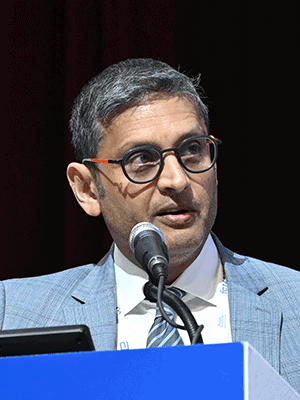
Shamir R. Mehta
Hamilton General Hospital, Canada
At TCTAP 2024 on April 26, Shamir R. Mehta, MD (McMaster University, Hamilton, Canada) explored the optimal timing of non-culprit lesion intervention of complete revascularization of multivessel disease and acute coronary syndrome. The benefit of complete revascularization over culprit-lesion-only percutaneous coronary intervention (PCI) was consistent, irrespective of the timing of non-culprit lesion intervention.
The large, multi-center, randomized COMPLETE (Complete vs Culprit-only Revascularization to Treat Multi-vessel Disease After Early PCI for STEMI) trial showed that staged non-culprit lesion PCI with the goal of complete revascularization resulted in a significant reduction of the primary composite outcomes of cardiovascular (CV) death or new myocardial infarction (MI) and the composite of CV death, new MI or ischemia-driven revascularization (IDR), compared with culprit-lesion only PCI (Figure 1).
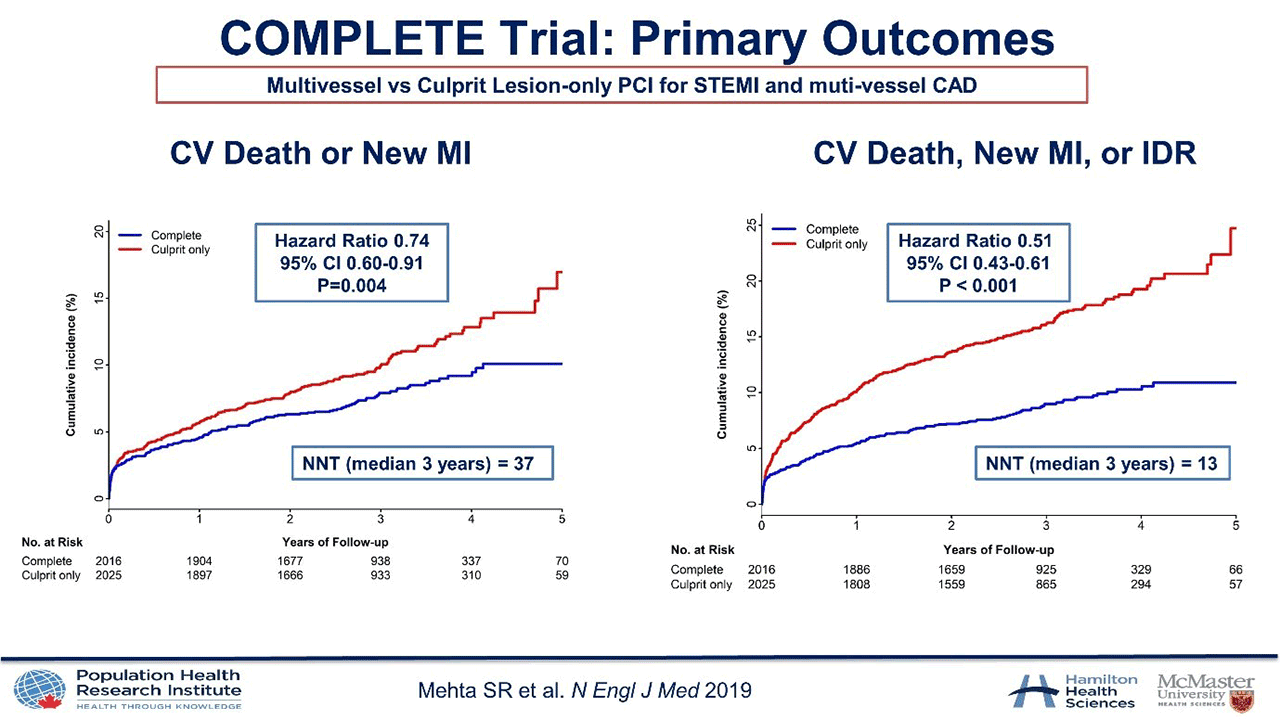
Figure 1. Primary outcomes of COMPLETE trial
Of the COMPLETE trial patients, 2,700 patients underwent PCI during the index hospitalization, and 1,300 patients underwent PCI after discharge. For patients in whom PCI was conducted during the index hospitalization, the hazard ratio (HR) was 0.77 for the hard clinical outcomes of CV death or new MI, and the median time to PCI was 1 day. Alternatively, if PCI was performed after the index hospitalization, the median time to PCI was 23 days and the HR was 0.69 (Figure 2).
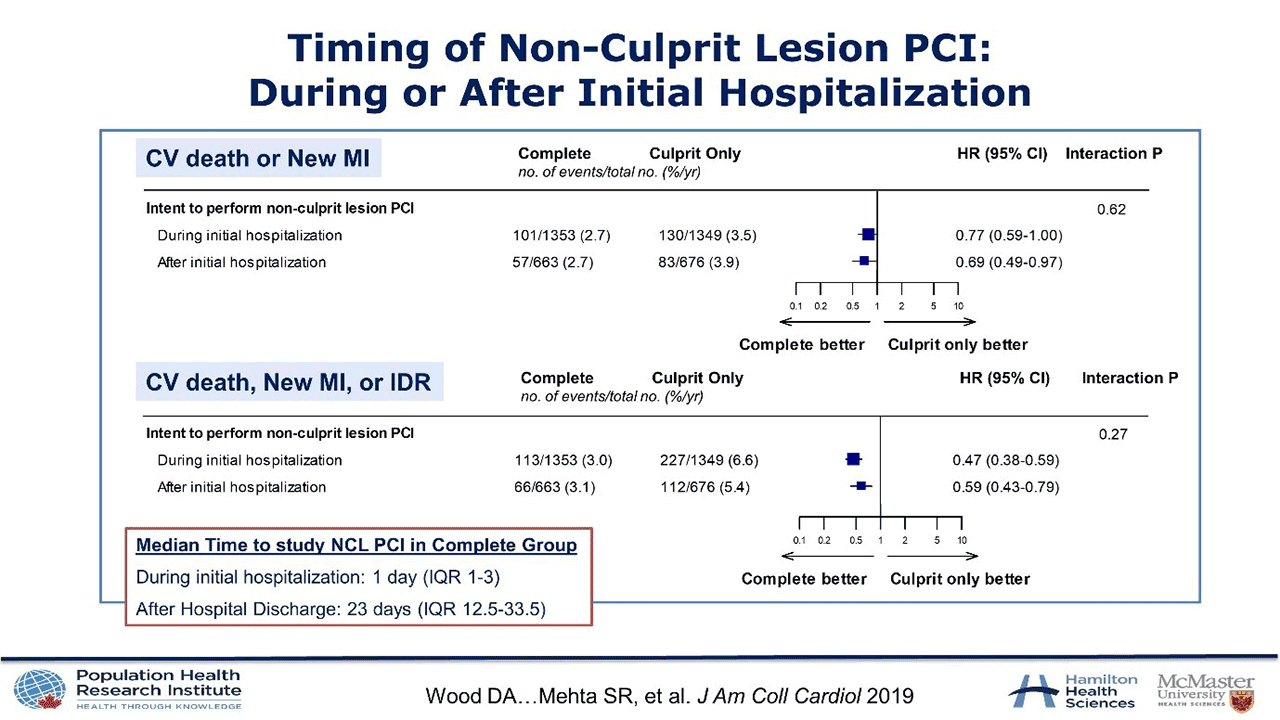
Figure 2. Effect of timing of PCI on the occurrence of CV death or new MI
Mehta emphasized that the event rates for both groups were very similar during the index hospitalization and after the initial hospitalization and that the benefits of complete revascularization of non-culprit lesions were similar regardless of the timing of non-culprit lesion intervention. Through landmark analysis, it was shown that the benefit of complete revascularization was primarily seen in long-term clinical outcomes (Figure 3, 4).
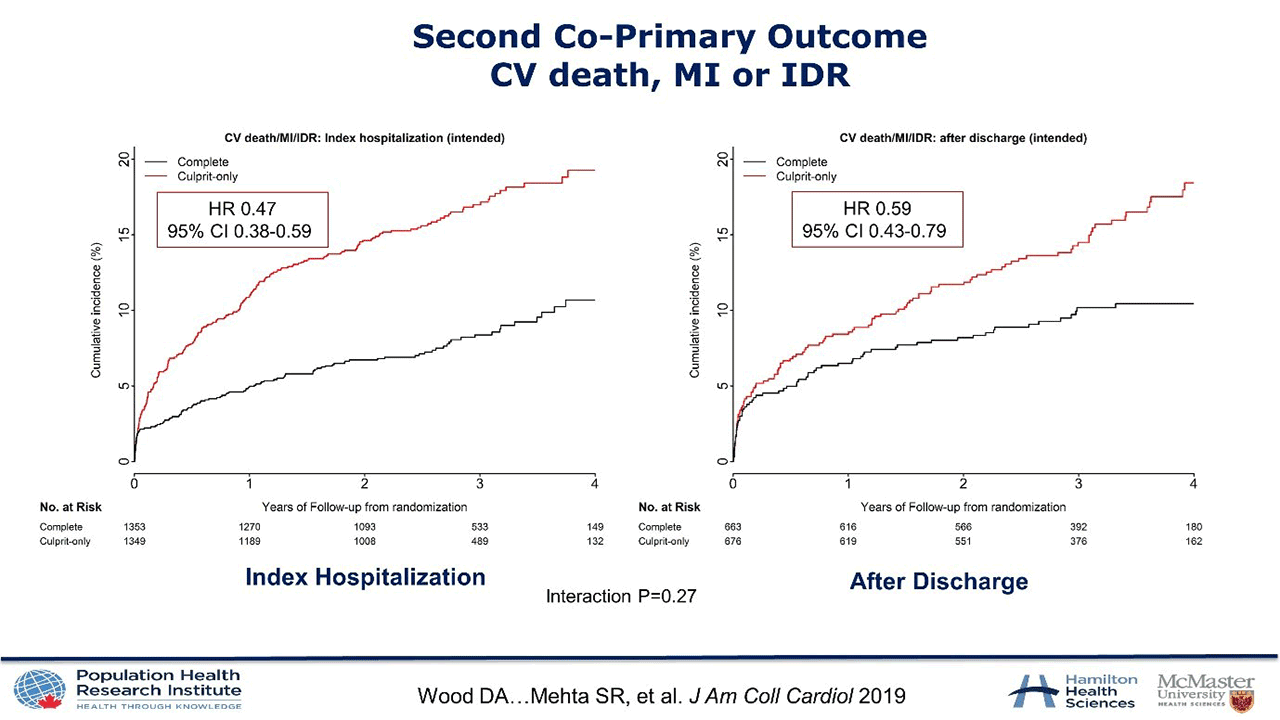
Figure 3. Occurrence of CV death, MI or IDR over 4 years of follow-up
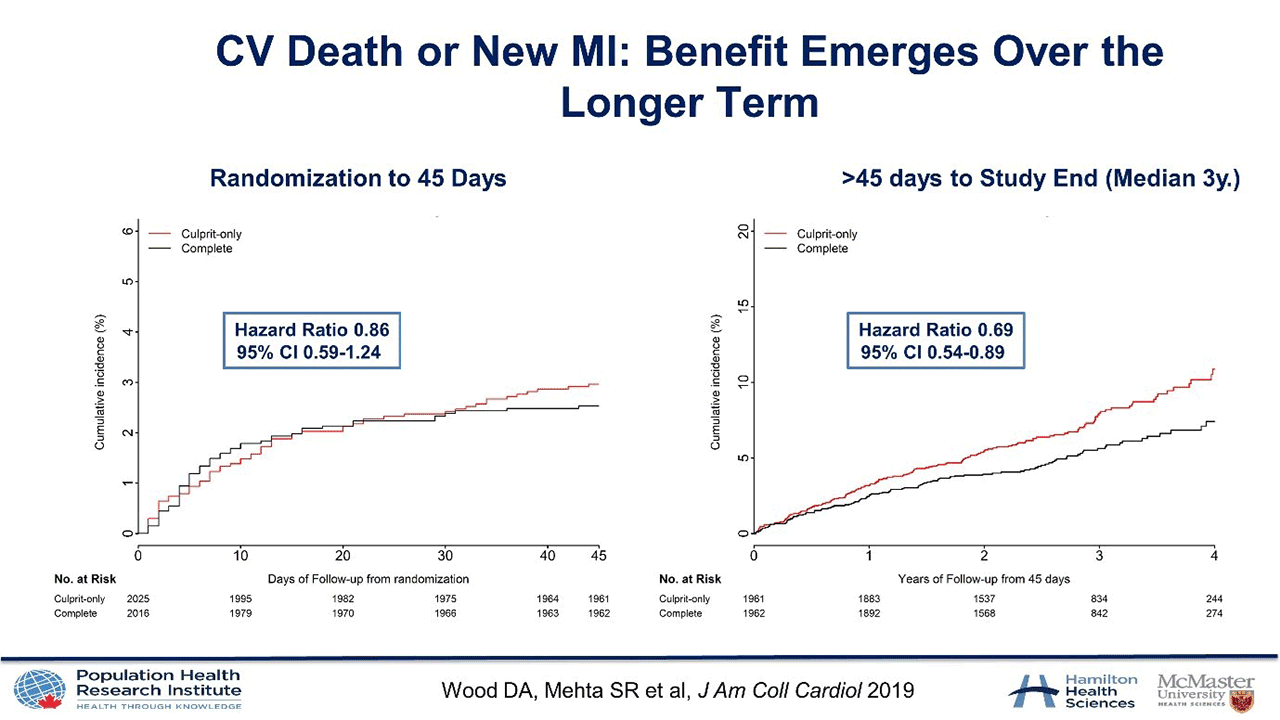
Figure 4. Benefit of complete revascularization over longer term
Meet the Experts Over Breakfast
Left Main & Multi-Vessel PCI: Now and Future
Friday, April 26, 7:30 AM ~ 8:25 AM
Main Arena, Level 2
Edited by

Yeonwoo Choi, MD
Changwon Hanmaeum Hospital, Korea (Republic of)

Shamir R. Mehta
Hamilton General Hospital, Canada
At TCTAP 2024 on April 26, Shamir R. Mehta, MD (McMaster University, Hamilton, Canada) explored the optimal timing of non-culprit lesion intervention of complete revascularization of multivessel disease and acute coronary syndrome. The benefit of complete revascularization over culprit-lesion-only percutaneous coronary intervention (PCI) was consistent, irrespective of the timing of non-culprit lesion intervention.
The large, multi-center, randomized COMPLETE (Complete vs Culprit-only Revascularization to Treat Multi-vessel Disease After Early PCI for STEMI) trial showed that staged non-culprit lesion PCI with the goal of complete revascularization resulted in a significant reduction of the primary composite outcomes of cardiovascular (CV) death or new myocardial infarction (MI) and the composite of CV death, new MI or ischemia-driven revascularization (IDR), compared with culprit-lesion only PCI (Figure 1).

Of the COMPLETE trial patients, 2,700 patients underwent PCI during the index hospitalization, and 1,300 patients underwent PCI after discharge. For patients in whom PCI was conducted during the index hospitalization, the hazard ratio (HR) was 0.77 for the hard clinical outcomes of CV death or new MI, and the median time to PCI was 1 day. Alternatively, if PCI was performed after the index hospitalization, the median time to PCI was 23 days and the HR was 0.69 (Figure 2).

Mehta emphasized that the event rates for both groups were very similar during the index hospitalization and after the initial hospitalization and that the benefits of complete revascularization of non-culprit lesions were similar regardless of the timing of non-culprit lesion intervention. Through landmark analysis, it was shown that the benefit of complete revascularization was primarily seen in long-term clinical outcomes (Figure 3, 4).


Meet the Experts Over Breakfast
Left Main & Multi-Vessel PCI: Now and Future
Friday, April 26, 7:30 AM ~ 8:25 AM
Main Arena, Level 2
Edited by

Yeonwoo Choi, MD
Changwon Hanmaeum Hospital, Korea (Republic of)

Leave a comment